++ 50 ++ art forms of the tang dynasty 746068-Art forms of the tang dynasty
The Tang Dynasty was a time when art flourished in China It has been argued that this was largely because of the Silk Road The constant flow of new and foreign people bought stylistic changes toChan painting flourished particularly in Chengdu, the capital of the petty state of Shu, to which many artists went as refugees from the chaotic north in the last years before the Tang dynasty fell Among them was Guanxiu (貫休), an eccentric who painted Buddhist saints with a weird air and exaggerated features that had a strong appeal to members of the Chan sectPaintingduring the Tang Dynasty was (for the first time) dominated by landscape painting, known as shan shui(mountainwater) painting, which consisted of scenic views of mountains, rivers and waterfalls, depicted with pen and ink rather than paint (See Pen and Ink Drawings)

Chinese Painting Sui 581 618 And Tang 618 907 Dynasties Britannica
Art forms of the tang dynasty
Art forms of the tang dynasty-Available for sale from Barakat Gallery, Tang Dynasty, T'ang Sculpture of a Lokapala (Tang Dynasty, c 618 , 907 AD), Terracotta, 38 inThe Tang Dynasty was the heyday of Chinese feudal society and had the most advanced civilization in the world at that time In technology, the paper making, textile technology had been transported to Europe In literature, the poems of Tang Dynasty are the highlights in Chinese literature history
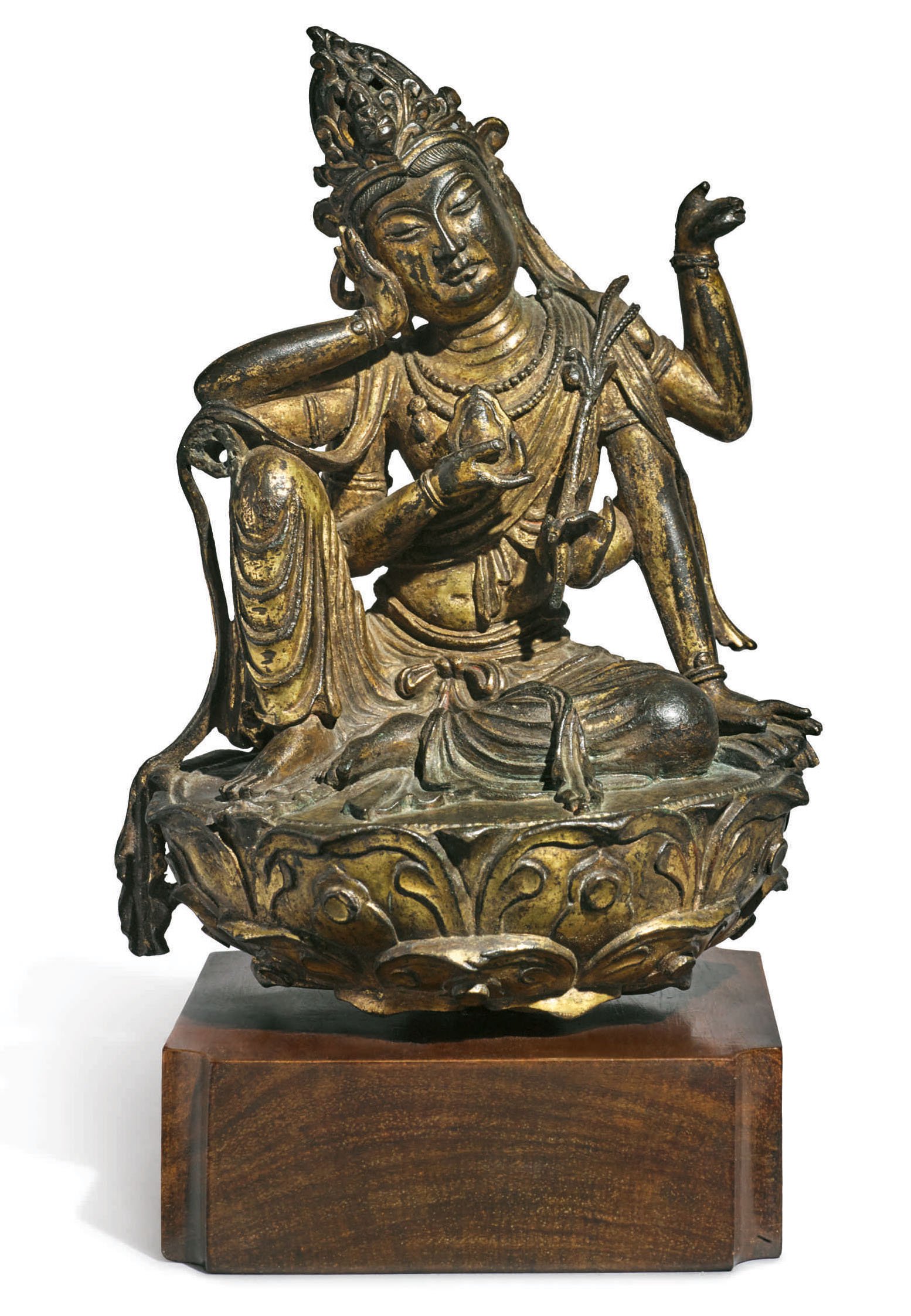


A Late Tang Dynasty Sculpture Bought At A Missouri Garage Sale For Less Than 100 Just Sold For 2 1 Million Artnet News
Nonetheless, the Sui Dynasty and its culture of warfare and expansion set the Tang Dynasty up for a new golden age in Chinese history as a unified imperial nation Art and ArchitectureIn summary, during the Tang and Song dynasties, we see a proliferation of many different types of manufactured goods, principally ceramics, but also metal work, textiles, lacquer objects, religious objects, burial goods, and trade goods produced by anonymous craftsmen, and "fine" art—mostly paintings and calligraphies—produced by highly educated individuals, either formally at court or informally in the company of friends and other likeminded "literary" personsTitled Tang Gong Ye Yan (Night Banquet in Tang Dynasty Palace), the show presents the process from making preparations to performing by a group of female musicians at a banquet in Tang Dynasty It
The Tang Dynasty was an imperial Chinese dynasty that existed between the 7th and 10th centuries AD, with a short interruption between the end of the 7th and beginning of the 8th centuries AD This dynasty is often regarded as the golden age of Chinese history, especially in the arts and cultureThe education also included calligraphy Calligraphy is partly an art as well as a form of writing, which shows that the rulers thought it necessary to teach both art and literature to the citizens Lastly, it was common for educated men to occasionally write poems, which is evidence of the Tang dynasty's focus on and acceptance of the artsTwo Buddhist heavenly beings China, Tang dynasty, (700–800) Gold Freer Gallery of Art Purchase, F1946 and F Bowl Iran Sasanian period (250–300) Silver and gilt Purchase F1957 A few silver bowls from the Sasanian period (224–651) are decorated with portrait busts of a ruler or other highranking individuals
While the Tang Dynasty is most famous for its poetry, other arts also became popular during this time Many forms of literature were written including short stories, encyclopedias, and histories Also painting was very popular and the era produced famous painters such as Wu Daozi, Wang Wei (also a famous poet), and Zhou FangWhile the Tang Dynasty is most famous for its poetry, other arts also became popular during this time Many forms of literature were written including short stories, encyclopedias, and histories Also painting was very popular and the era produced famous painters such as Wu Daozi, Wang Wei (also a famous poet), and Zhou FangLater visual arts are traditionally divided into the following periods Arts of the Six Dynasties Period (25) Sui Dynasty art (5618) Tang Dynasty art (6106) Song Dynasty art () Yuan Dynasty art () Ming Dynasty art () Qing Dynasty art () See also Japanese Art



Chinese Painting Sui 581 618 And Tang 618 907 Dynasties Britannica



The Tang Dynasty Boundless Art History
大 唐 展 An Exhibition of the Arts of the Tang Dynasty 17 年 10 月 13 日(金)〜 10 月 21 日(土) 1100 〜 1800 〒 東京都中央区京橋 259 TEL FAXThe Tang (tahng) dynasty a series of rulers from a single family (618–907) is considered a golden age in Chinese history It succeeded the shortlived Sui (sway) dynasty (581–618), which reunified China after almost four hundred years of fragmentation The Tang benefited from the foundations the Sui had laid, and they built a more enduring state on the political and governmentalThe Tang dynasty modeled its successful government and administration on the Sui It also oversaw a golden age of art and culture (See also China, "Tang Dynasty") Tang Rule The founder of the Tang dynasty and first emperor was Gaozu, who ruled from 618 to 626 He had been an official in the Sui dynasty
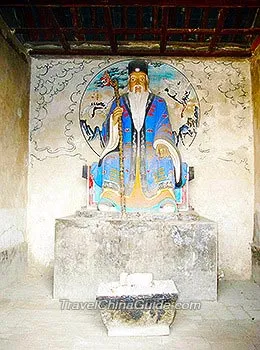


China Tang Dynasty Culture Religion Poem Novel Architecture
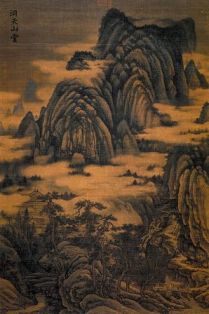


Kids History Art Of Ancient China
This form of Tang dynasty ceramics is moulded earthenware with colour added in naturalistic places rather than over the entirety of the piece and the process of producing high quality Tang dynasty pottery was relatively complex for seventh and eighth century potters – the moulds are baked in kilns to around 1,100°C, then the glaze is appliedThe art of the Tang Dynasty (6107 CE) began to explore new possibilities in materials and styles with landscape painting and ceramics, in particular, coming to the fore New techniques, a wider range of colours and an increase in connoisseurship and literature on art are all typical of the period Not only produced by local artists, many fine works were created by foreigners from across East Asia and the increasing contact between China and the wider world led to new ideas and motifsThe costume pattern of the Tang Dynasty had a great influence on the garment design of the later dynasties, and it has continued to this day Those patterns with good luck meanings are widely used in modern clothing, showing the new art form produced by the combination of traditional designs and modern aesthetics


Sancai Pottery Bottle Of Twin Fish Form Ben Janssens Oriental Art


Paintings Of The Jin And Tang Dynasties Chinaculture
The Tang Dynasty (AD 6107) was known as the Golden Age for China largely because of Chinese advances in art, poetry and religion during this time period Let's look into some of their majorBEIJING, Feb 26, 21 /PRNewswire/ A news report by Chinaorgcn on a dance show featured Tang Dynasty culture During Chinese Lunar New Year holiday, dance show "Night Banquet in the TangJust as it was witness to the height of Tang culture in the eighth century, it also was destined to be the focal point of the dynasty's decline when a rogue general decided to rebel in 756, not only was the emperor sent tem porarily into exile, but the artists, poets, and priests of the city also fled


Chinese Ceramics The Post Classical Period
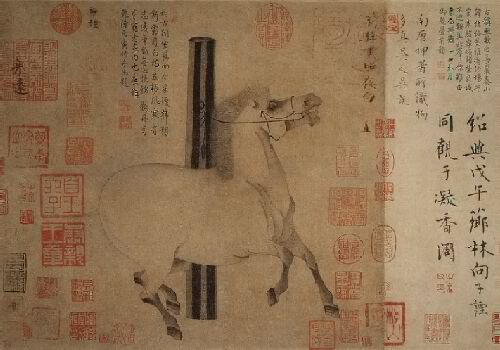


Tang Dynasty Painting Wikipedia
Though the forms of woman's garments were a continuation from the Han Dynasty (6BCAD2) and the Sui Dynasty (AD), they were also influenced by cultures and arts of the Western RegionsHeroic sculpture of Buddhas was a feature of the middle Tang;Tang dynasty art is Chinese art made during the Tang dynasty The period saw great achievements in many forms—painting, sculpture, calligraphy, music, dance and literature The Tang dynasty, with its capital at Chang'an, the most populous city in the world at the time, is regarded by historians as a high point in Chinese civilization—equal, or even superior, to the Han period The Tang period was considered the golden age of literature and art Tang painting from Dunhuang In several
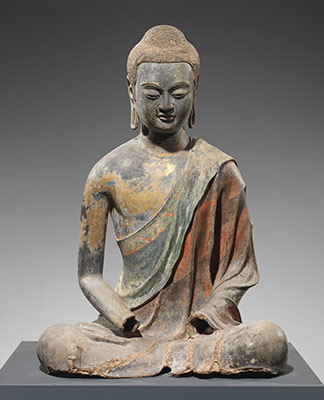


China 500 1000 A D Chronology Heilbrunn Timeline Of Art History The Metropolitan Museum Of Art



41 Best Tang Dynasty Clothing Ideas Dynasty Clothing Ancient China Tang
Funerary Arts of the Tang Few authentic works of painting and calligraphy on silk or paper survive from the Tang dynasty, so it is tombs and Buddhist cave temples, which can be reliably dated, that supply the most dependable evidence of painting and sculpture styles of the periodTang Dynasty Dancing and Singing Show Traditional Chinese music can be traced back 7,000 8,000 years based on the discovery of a bone flute made in the Neolithic Age In the Xia, Shang and Zhou Dynasties, only royal families and dignitary officials enjoyed music, which was made on chimes and bellsThis form of Tang dynasty ceramics is moulded earthenware with colour added in naturalistic places rather than over the entirety of the piece and the process of producing high quality Tang dynasty pottery was relatively complex for seventh and eighth century potters – the moulds are baked in kilns to around 1,100°C, then the glaze is applied



Han Dynasty History



Chinese Music Tang Dynasty 7th 10th Century Britannica
The art of the Tang dynasty The Tang dynasty was one of the most powerful in Chinese history In this period, China becomes the the most prominent civilization in East Asia—with links east to Korea and Japan and west, along the Silk RouteThe Tang dynasty modeled its successful government and administration on the Sui It also oversaw a golden age of art and culture (See also China, "Tang Dynasty") Tang Rule The founder of the Tang dynasty and first emperor was Gaozu, who ruled from 618 to 626 He had been an official in the Sui dynastyIn a parallel development, the Tang and Song witnessed the rise of calligraphy as a high art form, through the adoption of past masters as models of orthodox style;



Tang Dynasty Earthenware Figure Of A Lady Form Atelier


Tang Dynasty Art Painting Calligraphy And Buddhist Cave Art Facts And Details
Some seventyseven poets are represented here, as are these seven forms of Tang poetry Fivecharacterancientverse;The style of the Tang Dynasty clothing has taken real flowers, grass, fish, and insects for sketching, instead of the previous creative idea of the " Mandate of Heaven" Still, the traditional mythical animals, like dragon and phoenix pattern, has not been excludedThe Tang Dynasty is considered a golden age of Chinese arts and culture In power from 618 to 906 AD, Tang China attracted an international reputation that a recent form of the religion



A Brief History Of Tang Dynasty Clothing 21



A Brief History Of China Tang Dynasty
This outstanding ceramic attendant was made during what many consider to be China's Golden Age, the T'ang Dynasty It was at this point that China's outstanding technological and aesthetic achievements opened to external influences, resulting in the introduction of numerous new forms of selfexpression, coupled with internal innovation and considerable social freedom The T'ang dynastyThe Tang dynasty was also a period lauded with great introduction of art and sciences that formed the heart of Chinese history Tang dynasty art In the eight century, art and literature were some the things that were much acclaimed The work of great artists and high level literature formed a basis that later artists usedComposition Forms of Dunhuang Mural Art in Tang Dynasty Central Radiant Form The composition of the central radiation is the composition of the central form of the main body to the surrounding radiation The picture in the central square composition subject in head in the clouds and mists, gorgeous trees canopy sitting on both sides


Social Structure The Tang Dynasty



Tang Dynasty Ceramics At Sotheby S New York 11 September 19 Alain R Truong
The Tang Dynasty, following the Sui and preceding the Song Dynasty, was a golden age that lasted from 618 to 907 AD It is considered the highpoint in Chinese civilization Under the rule of the Sui Empire, the people suffered wars, forced labor for massive government construction projects, and high taxesIt is rightfully ranked as the classical period of Chinese art and literature, as it set the high standard to which later poets, painters, and sculptors aspired The expressions and images contained in the poems of Li Bo (701–762) and Du Fu (712–770) reflect the flamboyant lives of the court and the conflicting sentiments generated by military campaignsAnd, although no works of this size and period survive in China, several do in Japan, which was profoundly influenced by the administration, arts, culture, and religion of the Tang dynasty Painting played a major role in the culture of the era, and painters were important court figures



A Late Tang Dynasty Sculpture Bought At A Missouri Garage Sale For Less Than 100 Just Sold For 2 1 Million Artnet News


Q Tbn And9gcrofzpe1uonu Zcd6irgnmpzwjwhwlwj0sm5ui8jlcbwtlq Ekm Usqp Cau
The Tang dynasty was retroactively viewed as the classical age of art Later generations would try to return to the styles displayed during this era The earliest variations of shanshui paintings (literally translated as mountainwater) emerged at this time Figurative drawing was stronger during this dynasty in a way than it ever would be againAn online project for museum visitors, teachers, students, and everyone interested in Asian art, culture, and history featuring objects from The Minneapolis Institute of Arts' permanent collection Chinese Dynasty Guide Neolithic Era Shang Dynasty Tang Dynasty MapThe Sui Dynasty was followed by the Tang Dynasty, which ruled from June 18, 618 until June 1, 907 CE, when the Five Dynasties and Ten Kingdoms Period began The Tang Dynasty was founded by the Li family, who seized power during the decline and collapse of the Sui Empire


Q Tbn And9gct3vetizbsyrfq8aievg7slihzbsgon Npt6oalrxy Usqp Cau


Tang Dynasty Poetry Facts And Details
Arts and humanities · Art of Asia · China · Tang dynasty (6107) An Introduction to the Tang dynasty (618–906) Google Classroom Facebook Twitter Email Tang dynasty (6107) An Introduction to the Tang dynasty (618–906) This is the currently selected item Stele of the Buddha MaitreyaTang Dynasty art may have exhibited a wider range of physical body types and activities, but it wasn't until the Song Dynasty that painting began including unmarried girls, villagers, servants, andThe Tang Dynasty was the heyday of Chinese feudal society and had the most advanced civilization in the world at that time In technology, the paper making, textile technology had been transported to Europe In literature, the poems of Tang Dynasty are the highlights in Chinese literature history


Tang Dynasty Art Painting Calligraphy And Buddhist Cave Art Facts And Details



Ancient Chinese Art World History Encyclopedia
After 300 years of division and fragmentation following the collapse of the Han dynasty in 2 AD, China was once again unified under the Sui dynasty (581–618) The political and governmental institutions established during this brief period lay the foundation for the growth and prosperity of the succeeding Tang dynastySome more progressive and idiosyncratic calligraphers began to reject these official styles championing instead very personal forms of calligraphic expressionRevivalist calligraphers of the Yuan dynasty (1279–1368), for example Zhao Mengfu (趙孟頫, 1254–1322), in turning to and advocating revivalism, further developed the classical traditions of the Jin and Tang dynastiesAt the same time, notions of artistic freedom and liberation from rules in calligraphy also gained momentum, becoming a leading trend in the Ming dynasty (1368–1644)



Tang Dynasty The State Of Perfect Dilated Chineseness Insights Art


Tang Dynasty Art Wikipedia
Chinese culture flourished and further matured during the Tang Dynasty , considered an age of great advancements of architecture, poetry, and other arts From the Tang Dynasty (618–907) onward, brick and stone architecture gradually became more common and replaced wooden edificesThe Tang dynasty was retroactively viewed as the classical age of art Later generations would try to return to the styles displayed during this era The earliest variations of shanshui paintings (literally translated as mountainwater) emerged at this time Figurative drawing was stronger during this dynasty in a way than it ever would be again



The Art Of The Tang Dynasty World History Encyclopedia



Wang Wei Tang Dynasty China Art Japanese Painting Chinese Art
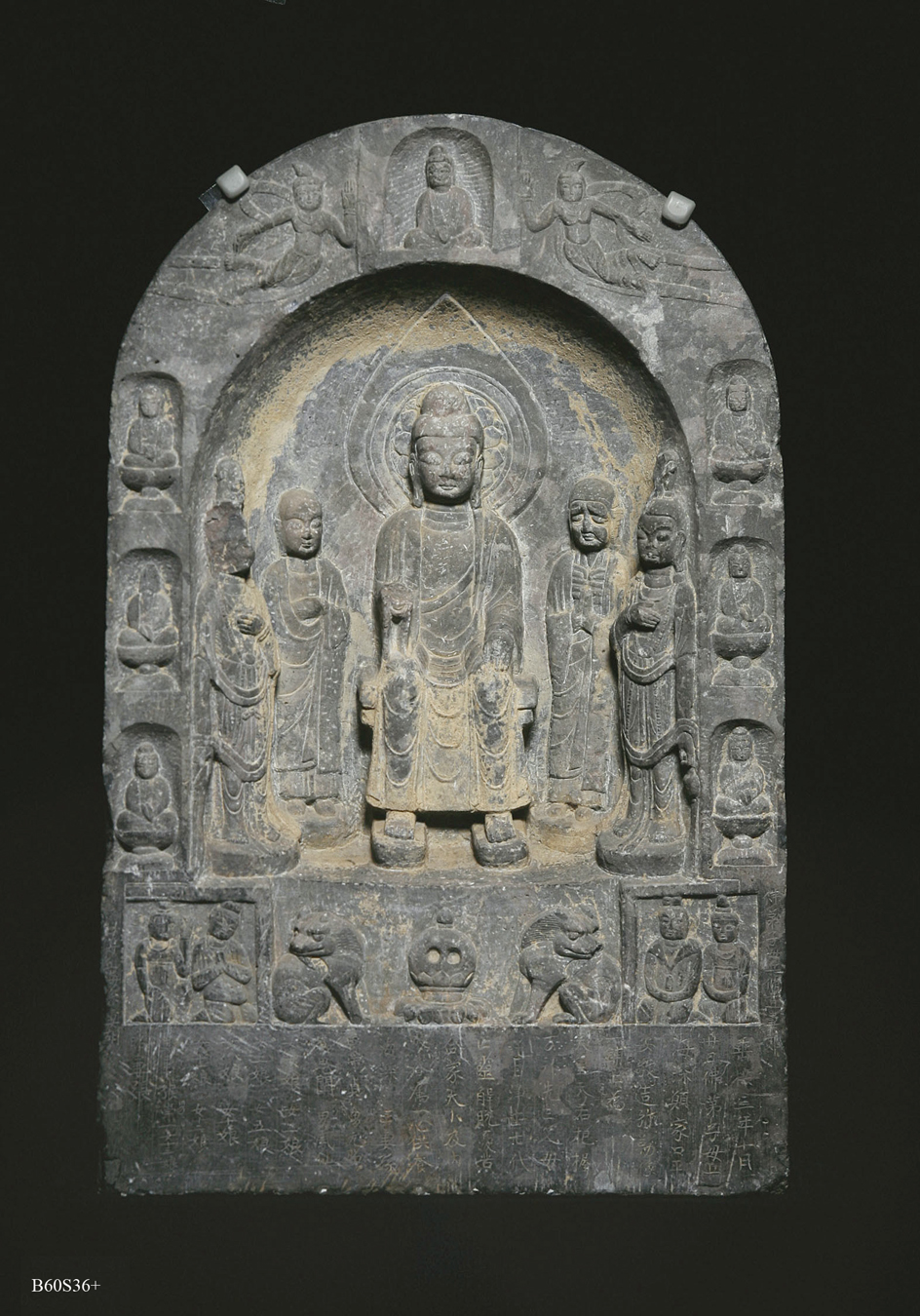


Stele Of The Buddha Maitreya Article Khan Academy
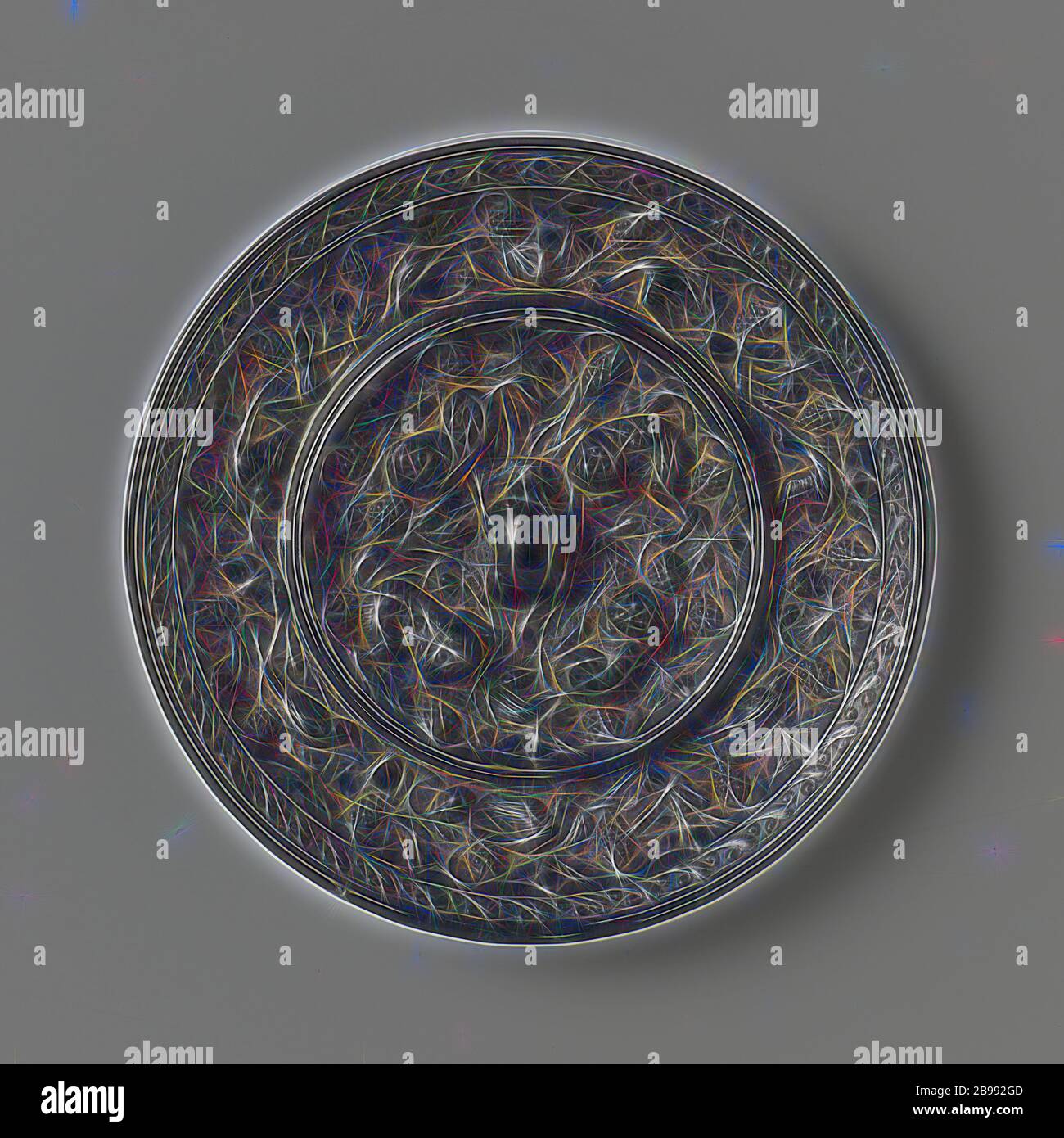


Mirror Seahorse And Grape Type Button In Animal Form Surrounded By Four Sea Monsters Anonymous China 618 907 Tang Dynasty 618 907 Bronze Metal D 10 5 Cm H 1 1 Cm Reimagined By



Tang Dynasty 618 907 Freer Gallery Of Art Arthur M Sackler Gallery


Tang Dynasty Art Painting Calligraphy And Buddhist Cave Art Facts And Details



China Magazine Chinese Culture Traditional Arts And Handicrafts In Xi An



Tang Dynasty Ceramics From A Japanese Private Collection At Sotheby S New York 11 September 19 Alain R Truong



Chinese Painting Sui 581 618 And Tang 618 907 Dynasties Britannica


Song Dynasty Art Characteristics Types


A Chinese Sancai Glazed Earthenware Goose Form Oil Lamp Tang Lot 791 Heritage Auctions



The Tang Dynasty Boundless Art History


File Lidded Box In Form Of A Melon With Grapevines Probably Chang An Shaanxi Province China Early To Mid Tang Dynasty Late 7th Early 8th Century Ad Cast And Hammered Silver Freer Gallery Of



Tang Dynasty History Government Achievements Facts Britannica
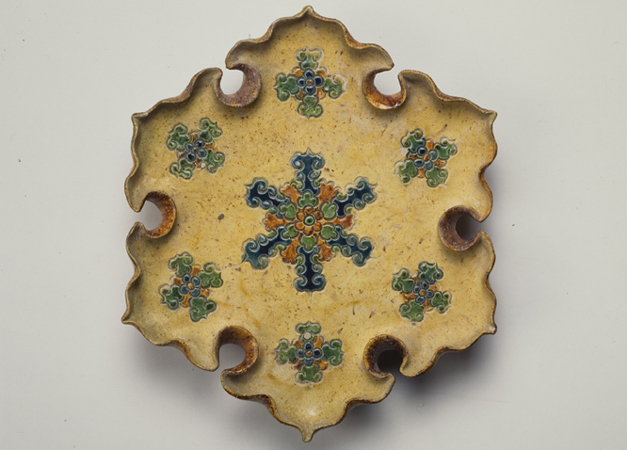


An Introduction To The Tang Dynasty 618 906 Article Khan Academy



The Tang Dynasty Boundless Art History



Reading A Tang Dynasty Poem China 360



Women Of The Tang Dynasty Holdsworth May Amazon Com Books
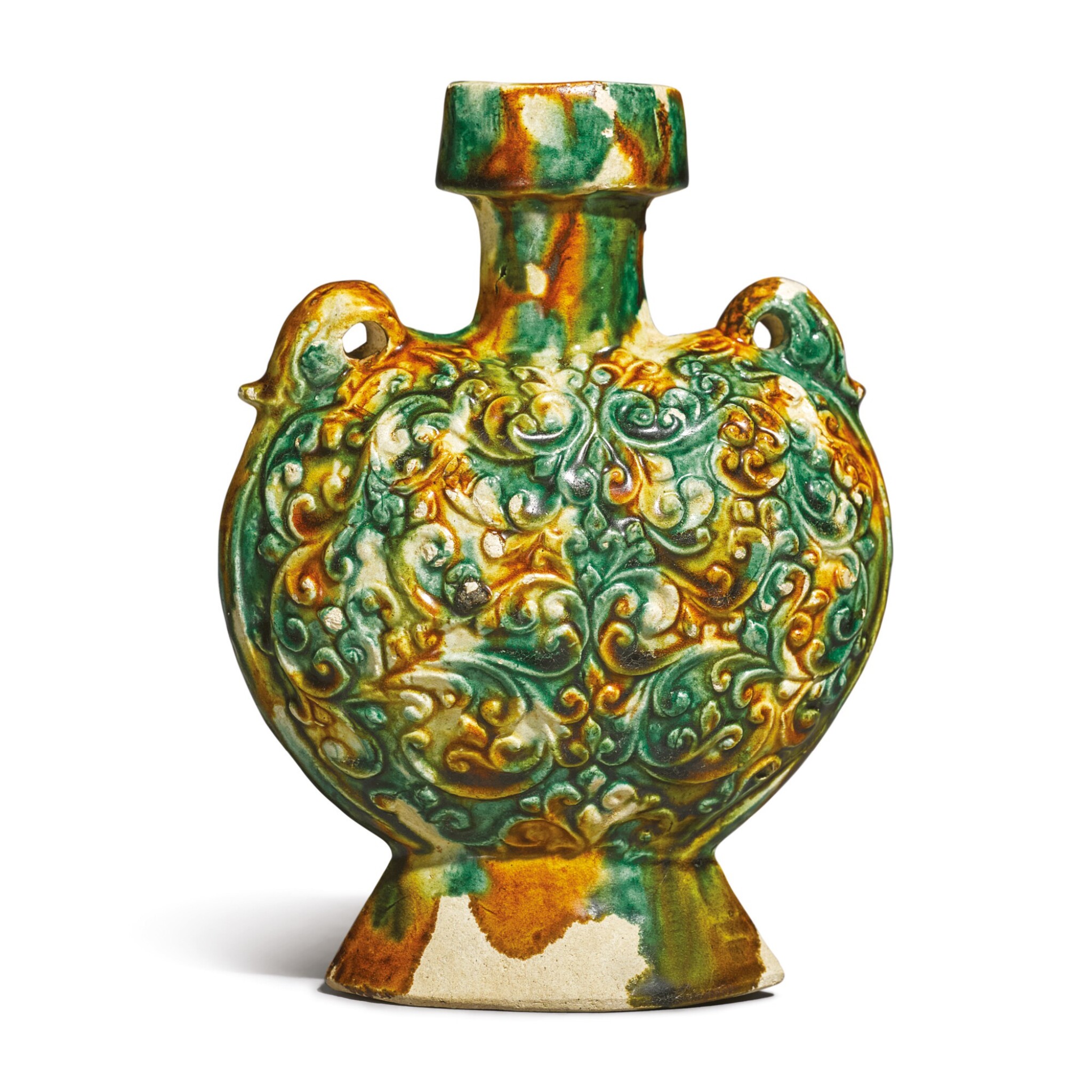


A Molded Sancai Glazed Pilgrim Flask Tang Dynasty Important Chinese Art Sotheby S


Art Vs Reality In The Tang And Song Dynasties Misleading As Much As Informing By Mutualart Mutualart Magazine Medium



Daily Life During The Tang Dynasty English Shen Yun Performing Arts



The Art Of The Tang Dynasty World History Encyclopedia



Travel Photos Of Tang Dynasty Painting Tang Dynasty Image Tours Tang Dynasty Pictures Painting Art Chinese Painting


Tang Dynasty 618 907 Essay The Metropolitan Museum Of Art Heilbrunn Timeline Of Art History
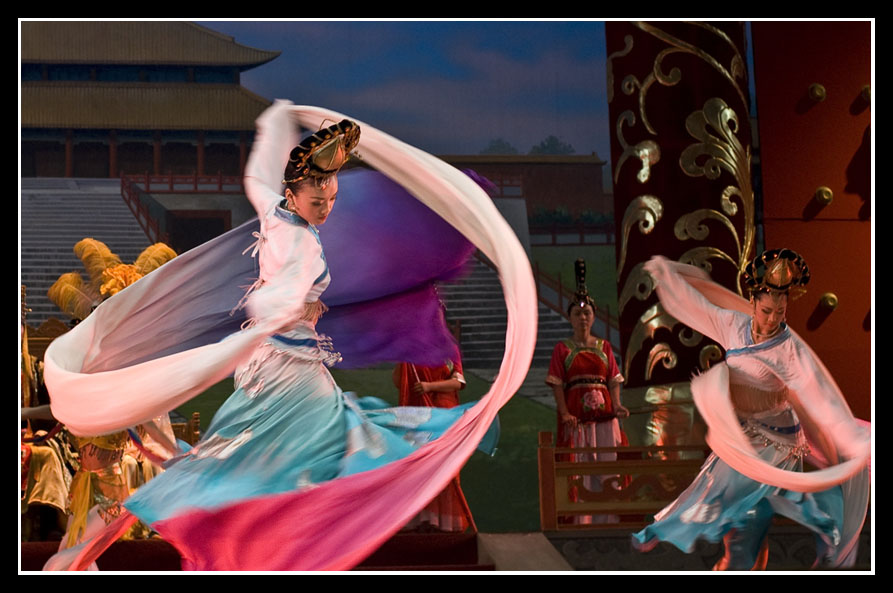


Tang Dynasty Dance Show Things To Do In Xi An China Entertainment Travel Tips Windhorsetour China Tibet Travel Tour Guide Service



Tang Dynasty Facts Time Period Rulers Study Com



Tang Dynasty Art Mundus


Tang Dynasty Art Painting Calligraphy And Buddhist Cave Art Facts And Details
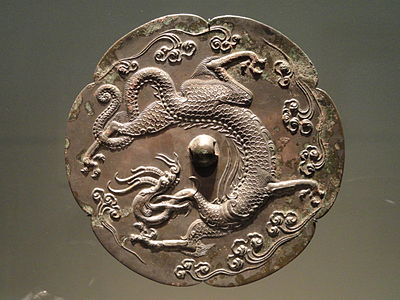


Tang Dynasty Art Wikiwand



Ancient Chinese Tang Dynasty Beauty Playing Traditional Instruments Chinese Art Asian Art Japanese Art


China Today



Daoism During The Tang The World Of Chinese



A Female Beauty Of The Tang Dynasty The Tomb Figurine Of A Woman Holding A Pekinese 京都国立博物館 Kyoto National Museum



Tang Dynasty Government Chinese Tang Dynasty Political Structure



Woman S Costume In The Tang Dynasty


The Exoticism In Tang 618 907 Silk Road Com
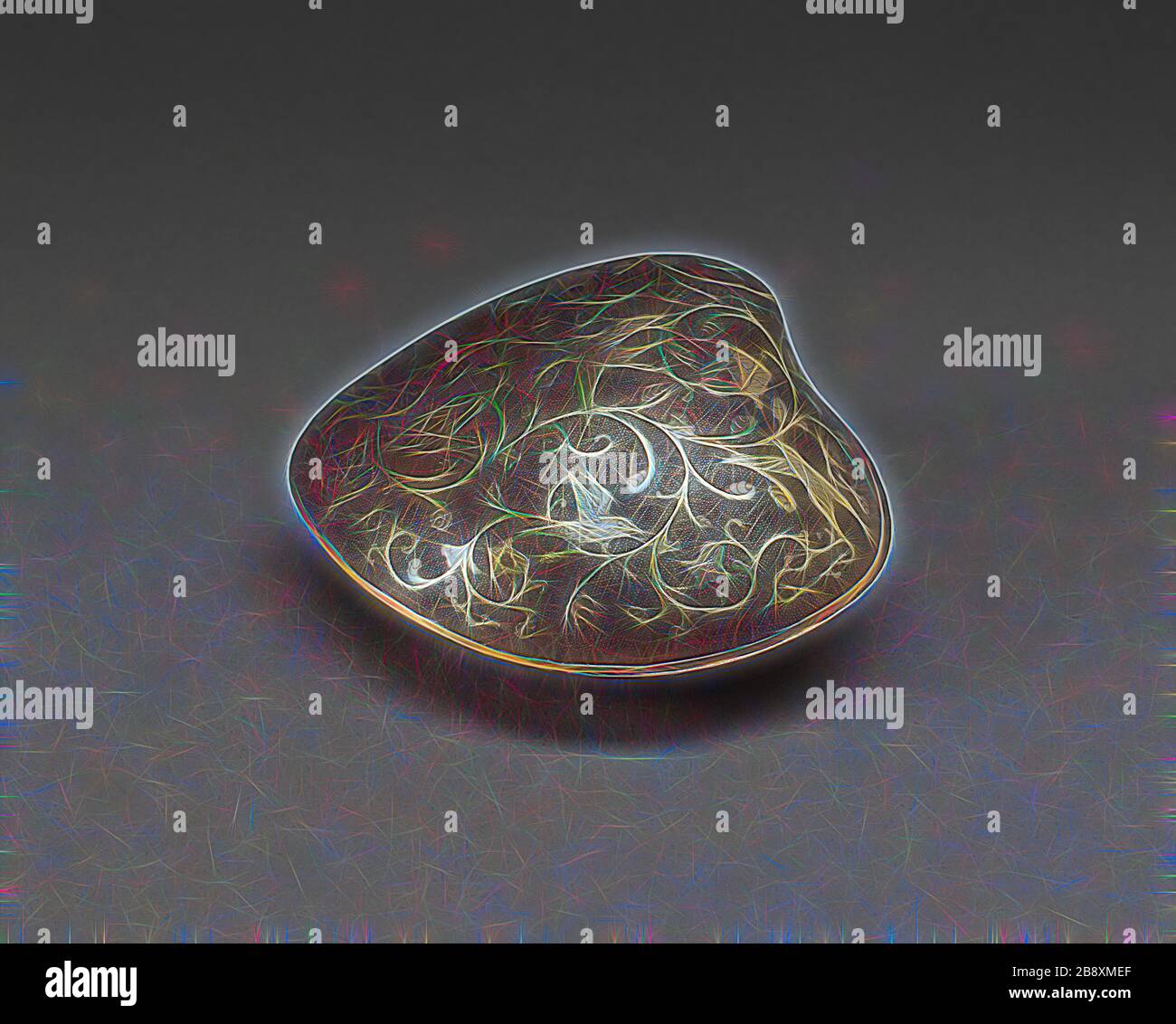


Page 2 Tang Dynasty 618 907 High Resolution Stock Photography And Images Alamy
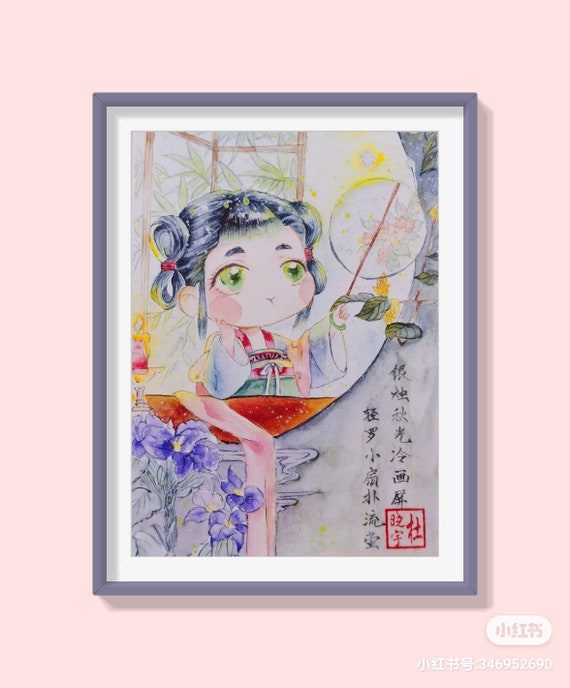


100 Hand Painted Chinese Watercolor Art Painting Of Beauties Etsy
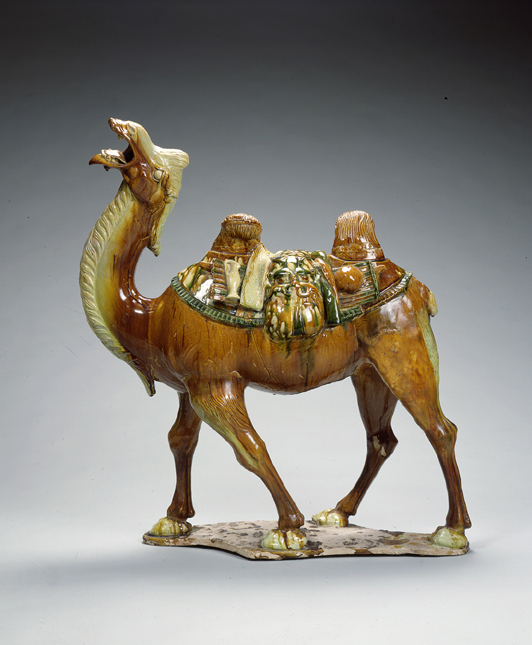


An Introduction To The Tang Dynasty 618 906 Article Khan Academy


A Brief History Of Ancient Garments
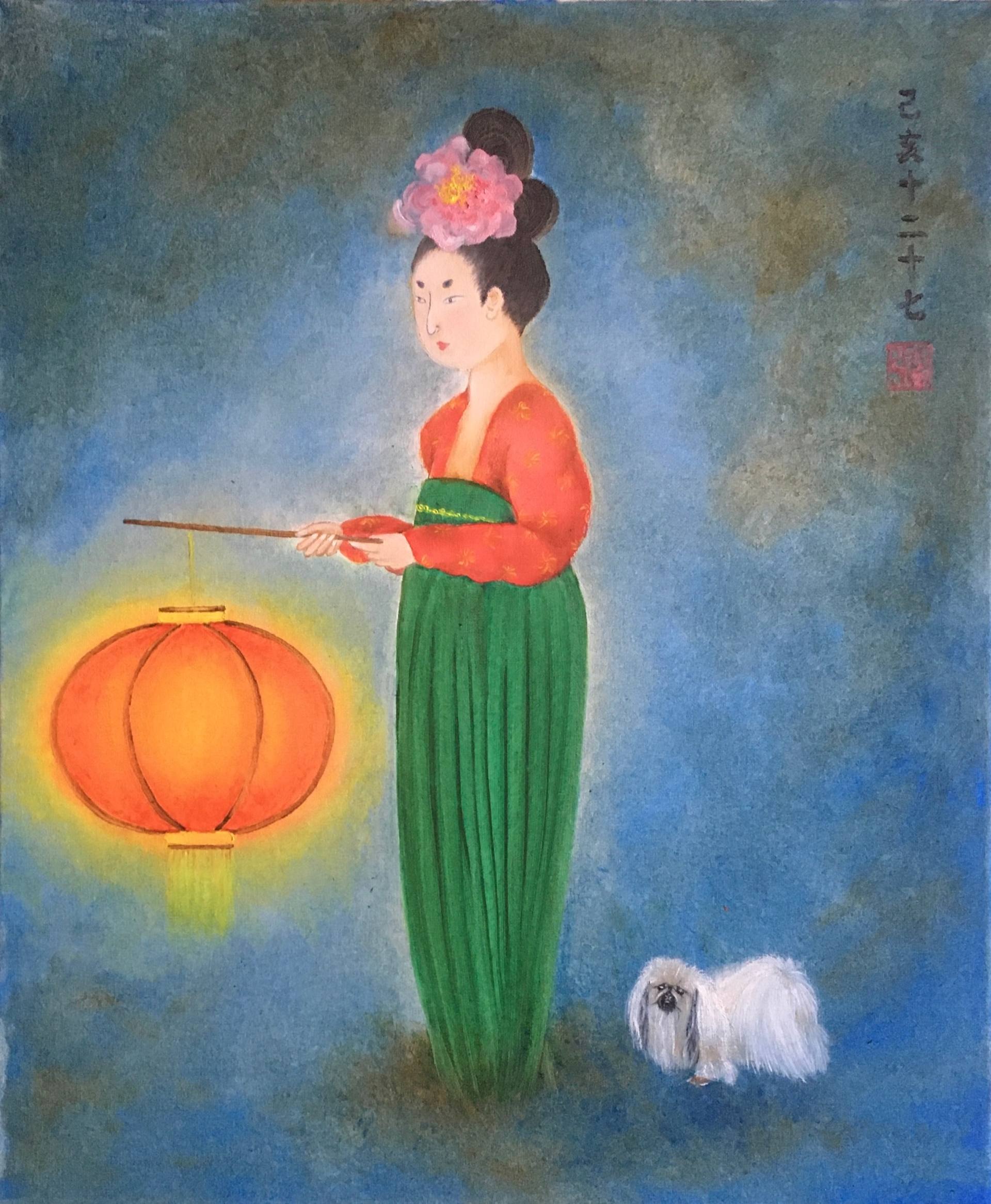


Tang Dynasty Painting By Yuting Zhang Saatchi Art


Q Tbn And9gcr 4yqyzmeqghyezuhua Vexh9fcehw7l8nn 8kgmv Qu2csjuk Usqp Cau


File Buddhist Reliquary Inthe Form Of A Miniature Sarcophagus With Dragon Phoenix Tiger And Turtle Purportedly


Chinese Calligraphy In Tang Dynasty Concise Version


Paintings Of The Jin And Tang Dynasties Chinaculture
.jpg?mode=max)


A Changsha Polychrome Decorated Mandarin Duck Form Holder



Rare Ancient Tang Dynasty Ovoid Form Cream Glazed Pottery Jar Worthington Galleries Part 1


Tang Official System Reshaped Forms Of Housing Sscp



Tang Dynasty Art Wikipedia



Blue And White Porcelain Plate From The Tang Dynasty China Online Museum
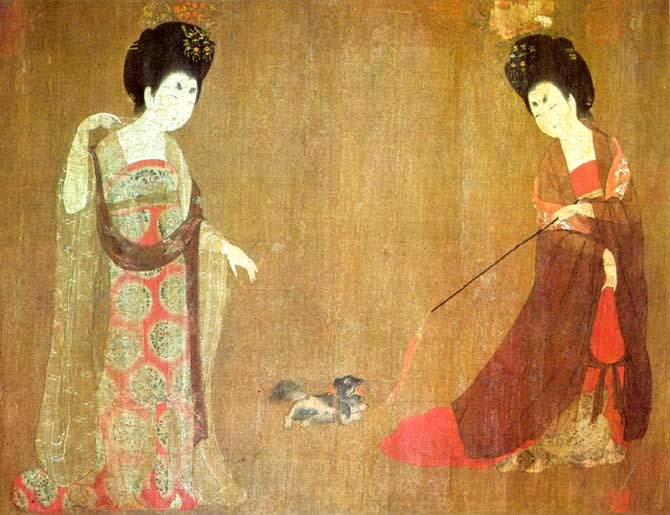


Tang Dynasty Culture Facts About Tang Dynasty Traditions



Poets Of The Late Tang Dynasty Music Literature


Tang Dynasty 618 907 Essay The Metropolitan Museum Of Art Heilbrunn Timeline Of Art History



Tang Dynasty Art Wikipedia



Daily Life During The Tang Dynasty English Shen Yun Performing Arts



The History Of Chinese Landscape Painting Art News By Kooness



The Art Of The Tang Dynasty World History Encyclopedia



Tang Dynasty Chuanqi Tales 中國文化研究院 燦爛的中國文明



A Brief History Of Chinese Ceramics Chinese Works Of Art Sotheby S



A Bronze Mirror China Probably Tang Dynasty Antiques Clocks Asian Art Metalwork Faience Folk Art Sculpture 03 23 Starting Bid Eur 3 600 Dorotheum
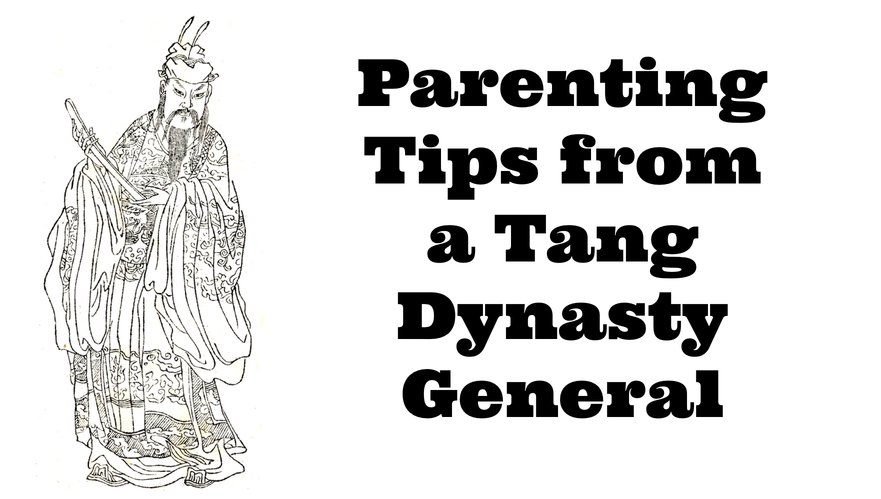


Parenting Tips From A Tang Dynasty General Medievalists Net
/horse-in-parade--terracotta-statue--china--chinese-civilisation--tang-dynasty--6th-9th-century-150099625-5aadcc158e1b6e003704ccde.jpg)


The Tang Dynasty In China A Golden Era


Tang Dynasty Art Characteristics Types



Lot Art An Exceedingly Rare Gilt Bronze Dragon Head Form Fitting Tang Dynasty


Chinese Calligraphy In Tang Dynasty Concise Version
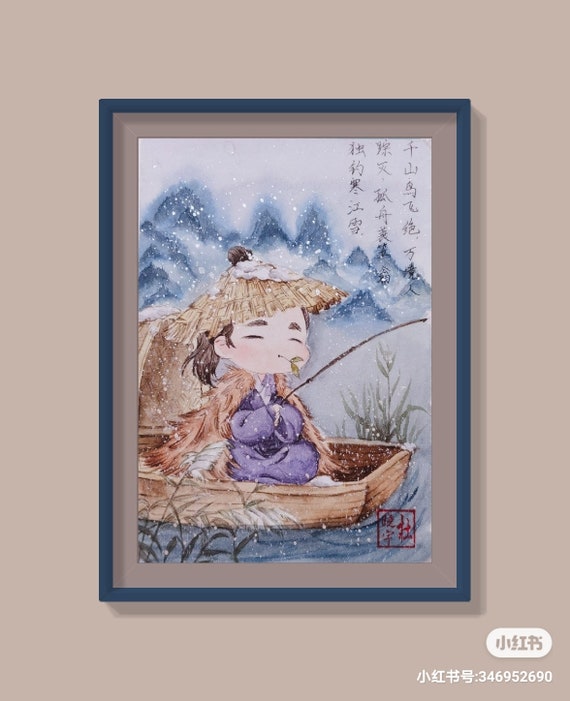


100 Hand Painted China Watercolor Art Painting Of Portraits Etsy



A Sancai Glazed Pottery Bird Form Oil Lamp Tang Dynasty Photo De China Tang Dynasty Alain R Truong



The Art Of The Tang Dynasty World History Encyclopedia



Sui And Tang Dynasties Arts China Collection


1


Chinese Landscape Painting Chinese Art The Art History Archive
.jpg?mode=max)


A Sancai Glazed Duck Form Cup


The Chinese Tang Dynasty Culture Civilization


The Chinese Tang Dynasty Religion Prominent Religious Beliefs



Tang Dynasty The Golden Age Ushistory Org



Tang Dynasty Literature



Amazon Com The History And Spirit Of Chinese Art From Pre History To The Tang Dynasty Volume 1 Enrich Professional Publishing Books



A Brief History Of Tang Dynasty Clothing 21


コメント
コメントを投稿